Art Nouveau has become one of the most strikingly recognisable art styles in history. It is emulated by modern day artists and designers and recreations appear in the decorative schemes of homes and businesses the world over. It was a movement that covered all art and design techniques, ranging from furniture, to fire surrounds and jewellery. It was more than just an art style, it was a philosophy, which found its popularity in the turn of the last century, flourishing in the late 19th and early 20th centuries. Self-styled as the first truly new art movement of the 20th century, Art Nouveau has gone by many names in different countries, all with variations on the translation 'new art'. It took as its basis both the British Arts and Crafts movement and the Aesthetic movement of Europe. Both of these styles were in objection to the perceived elitism in art education, the previous focus on painting and sculpture as 'higher' forms of art than, for example, furniture design and silversmithing, and the perceived lack of quality with the rise of the industrial revolution and therefore mechanised mass production. Art Nouveau took from the Arts and Crafts movement a return to traditional handcraftsmanship, and took from Aestheticism the idea of creating 'art for art's sake'. Art Nouveau attempted to unify the decorative arts, creating a total work rather than individual components. The terminology for this ethos as was the Gesamtkunstwerk, or 'total work of art', where a building which was created in the Art Nouveau style would also share its design with the interiors, fixtures, fittings, and visual design elements, creating a full work of art on a very grand scale. What Art Nouveau began here would ultimately culminate in the Bauhaus school in 1919 where students were encouraged to work with and experience different mediums including industrial design. The school taught that all artists and architects should be craftsmen - a concept truly extrapolated from the Art Nouveau idea of handcrafts as the ideal of individuality and quality. A notable example of the Gesamtkunstwerk, and indeed considered the first example of an Art Nouveau building, is Victor Horta's Townhouse, the Hotel Tassel in Brussels, built for the Belgian scientist Emile Tassel in 1893-94.
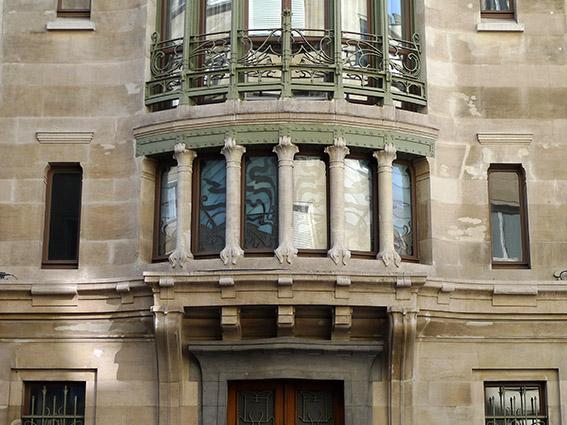
Horta designed every component of the building himself including door handles, woodwork panels, mosaic flooring, stained glass windows, banisters, wall decoration and furnishings. One can see the shared motifs, and flowing lines which make this building such an exemplary example of the Gesamtkunstwerk of Art Nouveau.
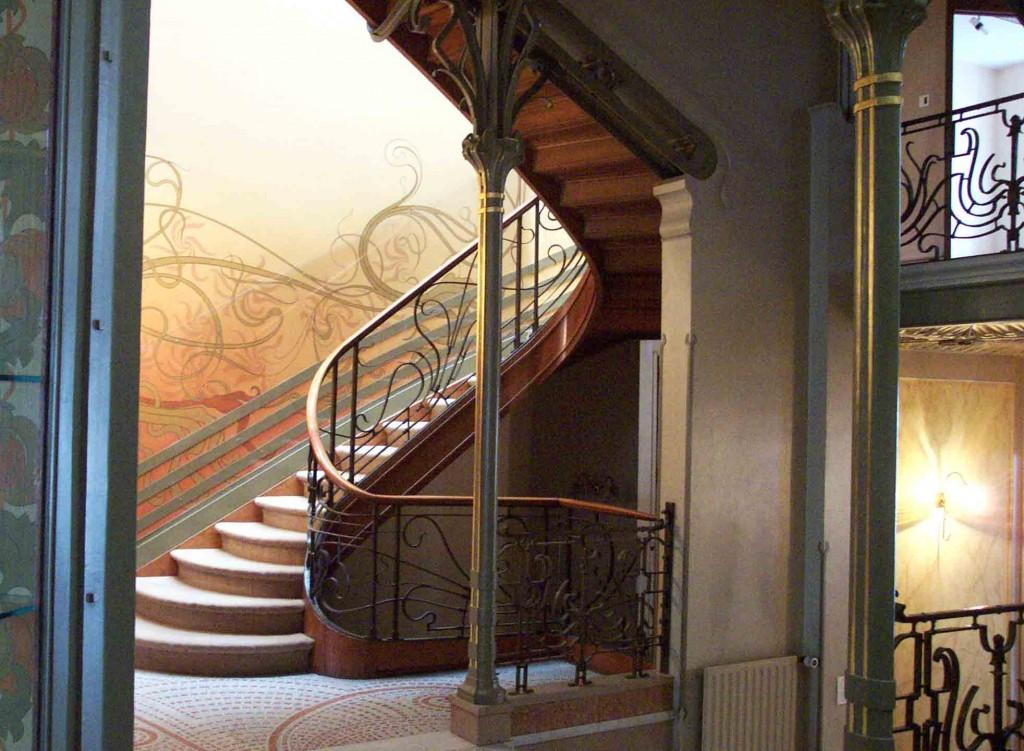
As a style, Art Nouveau is much more austere than those that preceded it. It was highly stylised with long, elongated lines and the 'whiplash' line - the severely curved lines visible in Horta's Hotel Tassel. Vertical lines were often used to give the impression of height, and natural motifs were often used. The imagining of the human form was heavily influenced by pre-Raphaelite design, often posed in a similar way, with the long flowing hair which characterised pre-Raphaelite art. Notable creators of Art Nouveau works included Alfons Mucha (posters), Louis Comfort Tiffany (jewellery), Rene Lalique (glass) and Victor Horta (architecture). Charles Rennie Mackintosh was a British designer who was an architect and designer of furniture and jewellery. His styles were slightly more modern incorporating geometric, almost modernist patterns into his designs, mixing them with the more curved opulence of designers such as Horta.
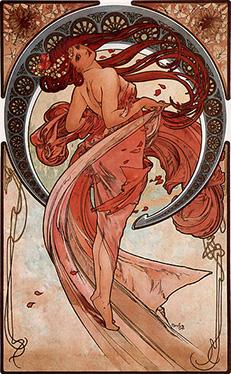
Fireplaces had their own unique looks. They were created with depictions of natural elements, such as curved vines and stylised flowers to give the impression of 'growing' along the sides of the chimney piece. Two notable examples from our collection include these:
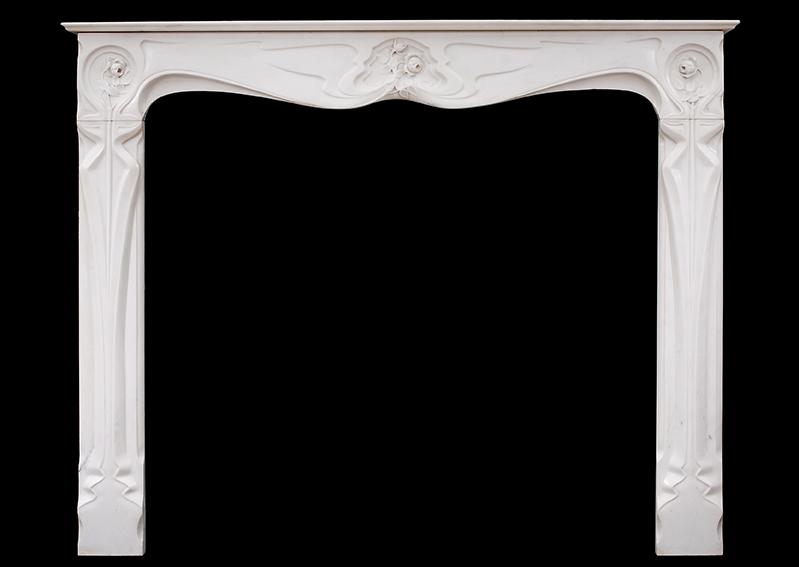

Both these designs display the Art Nouveau 'whiplash' line in use, while creating the sense of height through the plant motifs which seem to be growing up toward the decorative carved centres in an organic movement. We also have several antique firegrates from the Art Nouveau movement. Stock number FG0861 below clearly shows the classic flow of the lines associated with the movement, whereas FG0900 showcases the more square and geometric designs often preferred by British designers such as Charles Rennie Mackintosh.
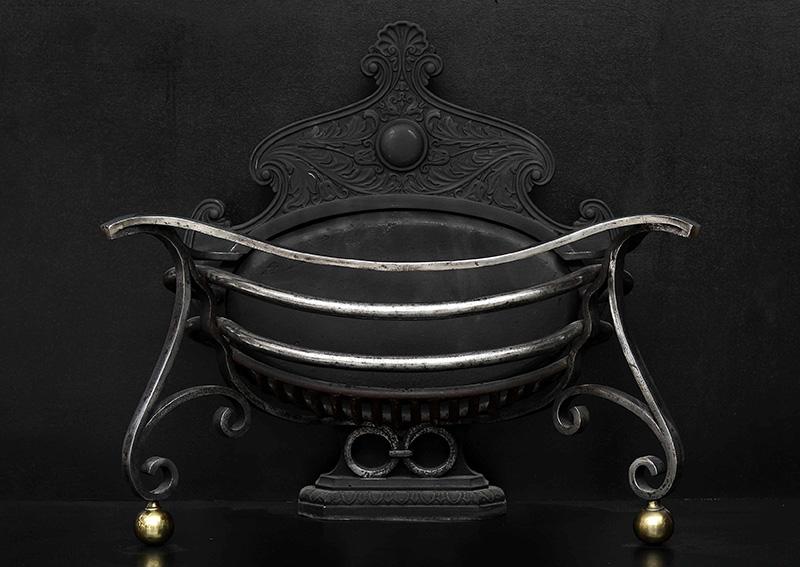
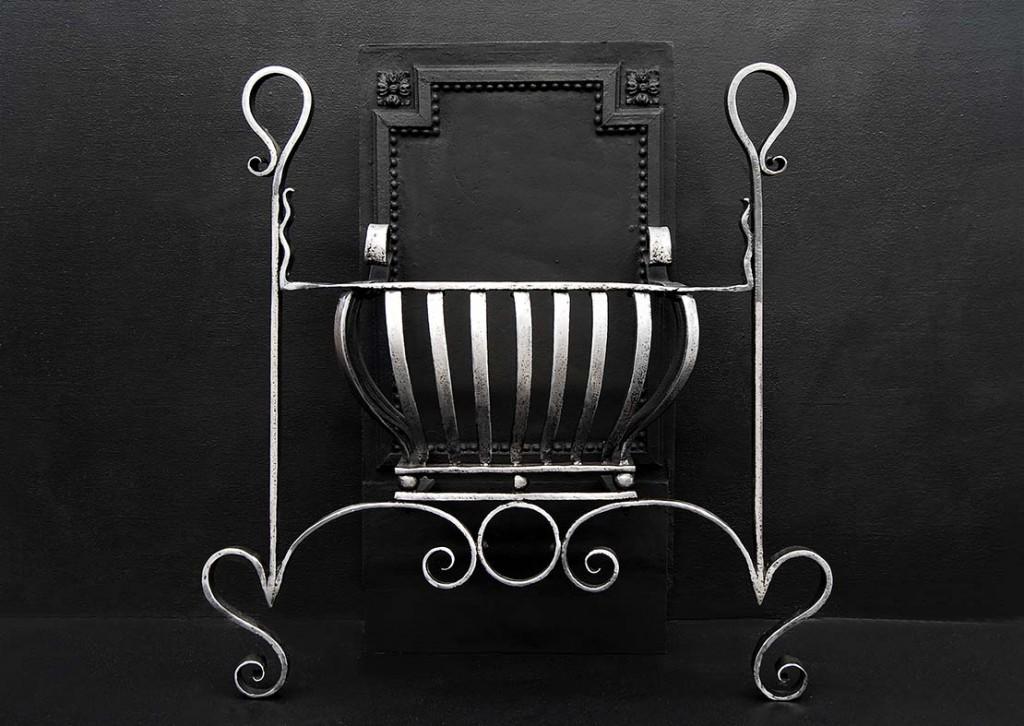
By the outbreak of the First World War, Art Nouveau had been replaced by Art Deco and other more modernist styles. It saw a revival in the 1960's, and is now widely considered to be the transition between Modernism and the historical revival styles of the 19th century. Despite the movement having been so short lived, there is no denying the impact and influence it has had on the way we view and create art, and the subsequent artistic movements that followed it.


